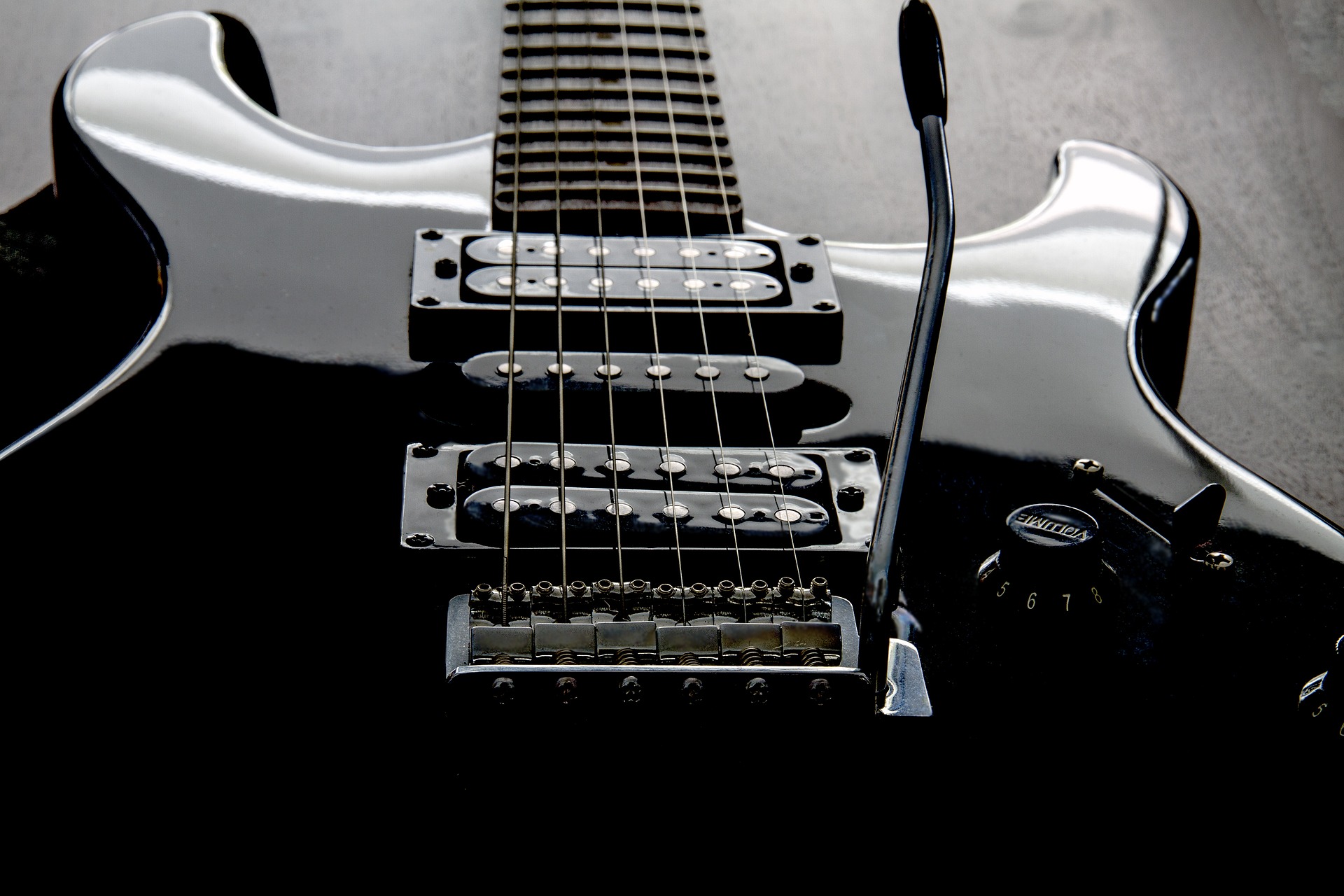Can you play B Phrygian over a G Major chord progression? If you don’t know the answer to that question, this article might be for you.
How you learn the modes
There is a common misconception that we regularly see among guitarists when they start learning about the modes in music theory. Most of the time it’s due to the way it’s presented, and the nature of the instrument, because guitarists learn theory differently than pianists.
So let’s say you learned the G Major scale, you get the notes G-A-B-C-D-E-F#. But as a guitar player, you’re more interested in the shape of the scale on your guitar. So it looks like this:
| F# | G | ||
| D | E | ||
| A | B | C | |
| E | F# | G | |
| B | C | D | |
| G | A |
Now once you mastered the G Major scale, you get interested in modes and what are the modes we can get from this scale. You learn that the Dorian mode is the same notes as the Major scale, but starting on the 2nd note. The 2nd note in G Major is A, so you get A Dorian A-B-C-D-E-F#-G. Here is the new shape on the guitar:
| A | ||||
| E | F# | G | ||
| B | C | D | ||
| F# | G | A | ||
| D | E | |||
| A | B | C |
It’s great, sounds different, let’s keep going. The next mode you learn is Phrygian, you get it by starting on the 3rd note of the Major scale. Fair enough, the 3rd note in G Major is B, so we get B Phrygian B-C-D-E-F#-G-A. Let’s play that on the guitar:
| B | |||
| F# | G | A | |
| D | F | ||
| A | B | C | |
| E | F# | G | |
| B | C | D |
What are you really playing?
Let’s stop right there and ask something. Are we really playing a B Phrygian mode? We may be confident in saying: Yes because we started with B and we played the notes of the G Major scale. Well, that is partly true, and this is where the misconception can start.
If you play the ascending succession of notes B-C-D-E-F#-G-A-B alone with no other musical support, your brain will hear the first note (B) and will assume this is the root or tonal center. Every other note will then ‘relate’ to that root note, that’s what creates the Phrygian sound, dark and exotic.
But now, what would happen if I play that B Phrygian mode over a band that plays a G Major chord? Well, it would sound a lot more different, happier, why? Because you’re not playing B Phrygian anymore, you’re playing G Major (or Ionian in mode terms).
The root or tonal center
Here’s the trick, with the band playing G Major, your brain now sets the root or tonal center to G, not B, even if you start your lick on that note. So now, every note you play ‘relates’ to G, and this set of notes (all naturals except F#), this is G Major and it sounds like it. Actually, it would be impossible to play B Phrygian on a G Major chord progression because you can’t have two roots in the harmony.
It doesn’t matter where you play on the guitar, the harmony is defined by the set of notes you play and the relation to the root or tonal center. Even if we start on a certain note, or we associate certain shapes on the guitar to certain scales or modes, it doesn’t influence the harmony, it’s a part of it.
Think like a piano player
Because we guitarists usually learn shapes for scales instead of learning the actual notes, we sometimes forget what we are playing. The 3 shapes, that were illustrated earlier, are the exact same thing. As a pianist, playing G Major, A Dorian, or B Phrygian would result in the same pattern: play all the white notes except for F#. The difference, as we just learned, is the root or tonal center of the harmony.
Conclusion
The guitar is a great instrument, it’s fun to learn but some of its advantages, like the lack of music theory knowledge needed to be able to play, can cause players to ‘cut corners’ when it’s time to analyze the theory aspect behind what they are playing. Sometimes it’s good to take a look beyond the fretboard and learn the right way.
Here’s the video version of this article.


